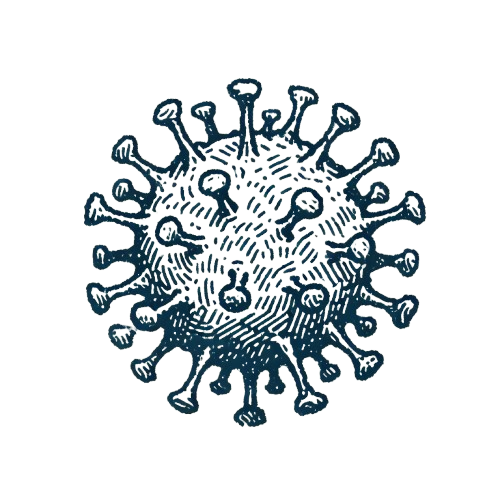Bird Flu Info

Recursos para manejar el brote de influenza A H5N1 2022-2024 en los EE. UU.
View the Project on GitHub kenzasam/AvianFluInfo
Para los investigadores y la comunidad científica
Datos de vigilancia
- Análisis filogenético del virus H5N1 en Nextstrain
- Casos notificados de IAAP en mamíferos silvestres, USDA
- Casos notificados de IAAP en aves de corral
- Datos de vigilancia de aguas residuales sobre IAAP
Sequencing data
- Información de la secuencia genética viral de diversas fuentes (humanas, avícolas, bovinas) en GISAID
- Información de la secuencia genética viral de los Laboratorios Nacionales de Servicios Veterinarios (NVSL) del Servicio de Inspección de Sanidad Animal y Vegetal (APHIS) del Departamento de Agricultura de los Estados Unidos (USDA).
- Genomas de consenso puestos a disposición por Andersen Lab
Recursos In vitro / In vivo
- developed a animal disease model (ferret) for in vivo studies.
- El Instituto Nacional de Normas (NIST) ha publicado fragmentos de ARN de control positivo para uso in vitro y verificación de ensayos basados en PCR.
Current infrastructure (OneHealth Framework)
Prevent
Humans
- Testing in combination with sequencing can detect a spillover event.
- Prophylactics:
- There are four FDA approved vaccines specific for H5N1 available: AUDENZ, two by ID Biomedical (this one and AREPANRIX), and the National stockpile (provided by Sanofi)
- Tamiflu (antiviral) is an effective prophylactic against HPAI.
Animals
- Prophylactics for animal use:
- Several veterinary avian influenza vaccines are licensed in the U.S.. However, these are for certain virus subtypes (H5N1, H5N3, and H5N9), and none are fully matched to the more virulent strain of H5N1 found in the current outbreak. Novel or currently licensed vaccines are being updated to the current strain and/or evaluated for use in other animals.
- The USDA has a special program for field trials of cow vaccines. Learn more and apply here.
- January 8th 2024: At least 7 Cow vacine candidates are undergoing trials.
- Prevent wild birds from getting in contact with your animals
- Don’t provide feed that is possibly contaminated, e.g. raw milk
Environment
- Improved biosecurity on farms is the best approach to prevent spread of viruses.
Control
- Detection and testing:
- There are no lateral flow assays for human use validated for Influenza A H5N1.
- Lateral flow assays for veterinary use are available online.
- The CDC does not have recommendations for H5N1 specific RT-PCR tests for humans available yet. H5N1 testing methods for human samples have been developed by academic labs. For example, the methods of the Pinsky lab.
- Quarantine or culling might be neccesary if a herd is infected, which is usually controlled by local authorities. You can find numbers on Poultry culling here.
- Human case numbers are likely largely underestimated, as evidenced by serological assays.
Treat
- Treatment for humans:
- Xofluza is an effective treatment